Search
Remove Ads
Advertisement
Summary 
Loading AI-generated summary based on World History Encyclopedia articles ...
Search Results
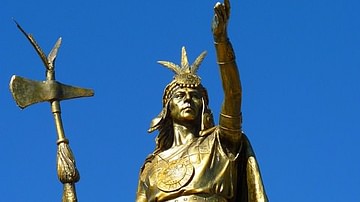
Definition
Pachacuti Inca Yupanqui - Founder of the Inca Empire
Pachacuti Inca Yupanqui (often simply Pachacuti or Pachacutec) was the 9th Inca ruler (r. 1438 - 1471 CE) who founded their empire with conquests in the Cuzco Valley and beyond. Pachacuti is also credited with founding the site of Machu Picchu...

Image
Pachacuti Inca Yupanqui
A statue of Inca ruler Pachacuti Inca Yupanqui (r. 1438-71 CE) in Plaza de Armas, Cuzco, Peru
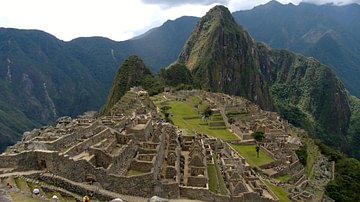
Definition
Inca Civilization
The Inca civilization flourished in ancient Peru between c. 1400 and 1533 CE. The Inca Empire eventually extended across western South America from Quito in the north to Santiago in the south. It was the largest empire ever seen in the Americas...
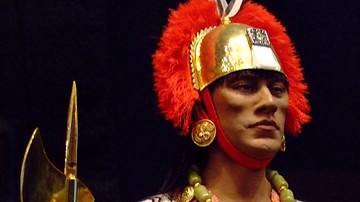
Definition
Inca Government
The centre of Inca power was the capital Cuzco, considered the navel of the world. 40,000 Incas governed an empire of over 10 million subjects who spoke over 30 different languages. Consequently, the centralised government employed a vast...
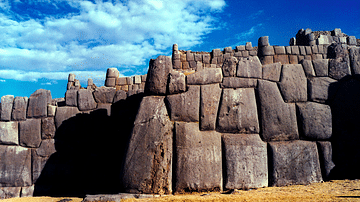
Article
The Siege of Cusco in 1536-7
The two sieges of Cusco in 1536-7 were the last great military actions by the Incas as they tried to reclaim their empire from the Spanish conquistadors led by Francisco Pizarro (c. 1478-1541). The European cavalry proved all but invincible...

Article
Ten Facts You Need to Know about the Inca
The Inca civilization (c. 1400-1533 CE) is among the most vital of South America in terms of its cultural influence and legacy. The Inca began as a small tribe who steadily grew in power to conquer other peoples all down the coast from Columbia...
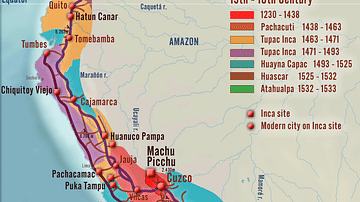
Article
Pizarro & the Fall of the Inca Empire
In 1533 CE the Inca Empire was the largest in the world. It extended across western South America from Quito in the north to Santiago in the south. However, the lack of integration of conquered peoples into that empire, combined with a civil...
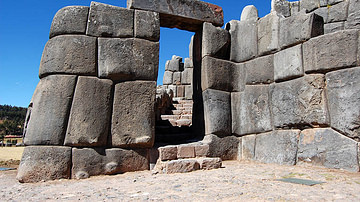
Definition
Cusco
Cuzco (also Cusco or Qosqo) was the religious and administrative capital of the Inca Empire which flourished in ancient Peru between c. 1400 and 1534 CE. The Incas controlled territory from Quito to Santiago, making theirs the largest empire...

Article
The Inca Road System
The Inca road system formed a network known as the royal highway or qhapaq ñan, which became an invaluable part of the Inca empire. Roads facilitated the movement of armies, people, and goods across plains, deserts, and mountains. They connected...
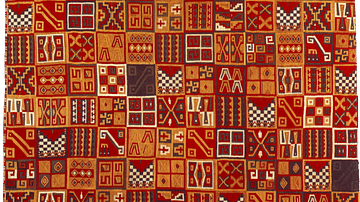
Definition
Inca Art
The art of the Inca civilization of Peru (c. 1425-1532 CE) produced some of the finest works ever crafted in the ancient Americas. Inca art is best seen in highly polished metalwork, ceramics, and, above all, textiles, which was considered...